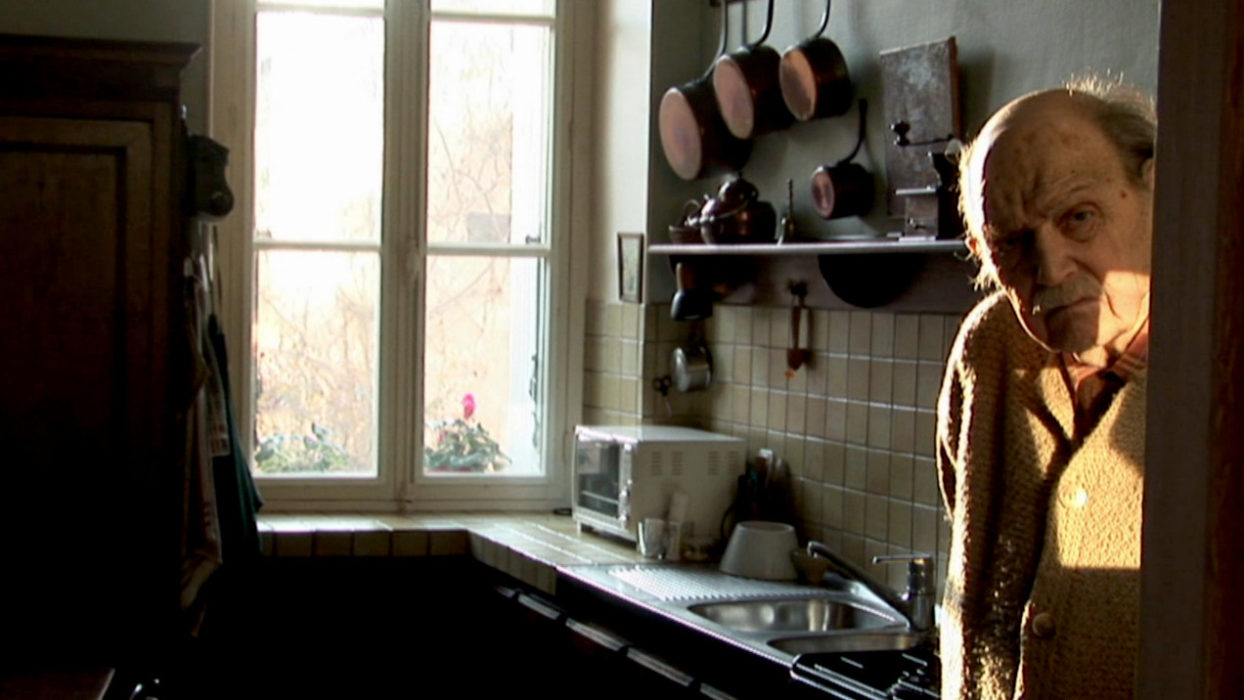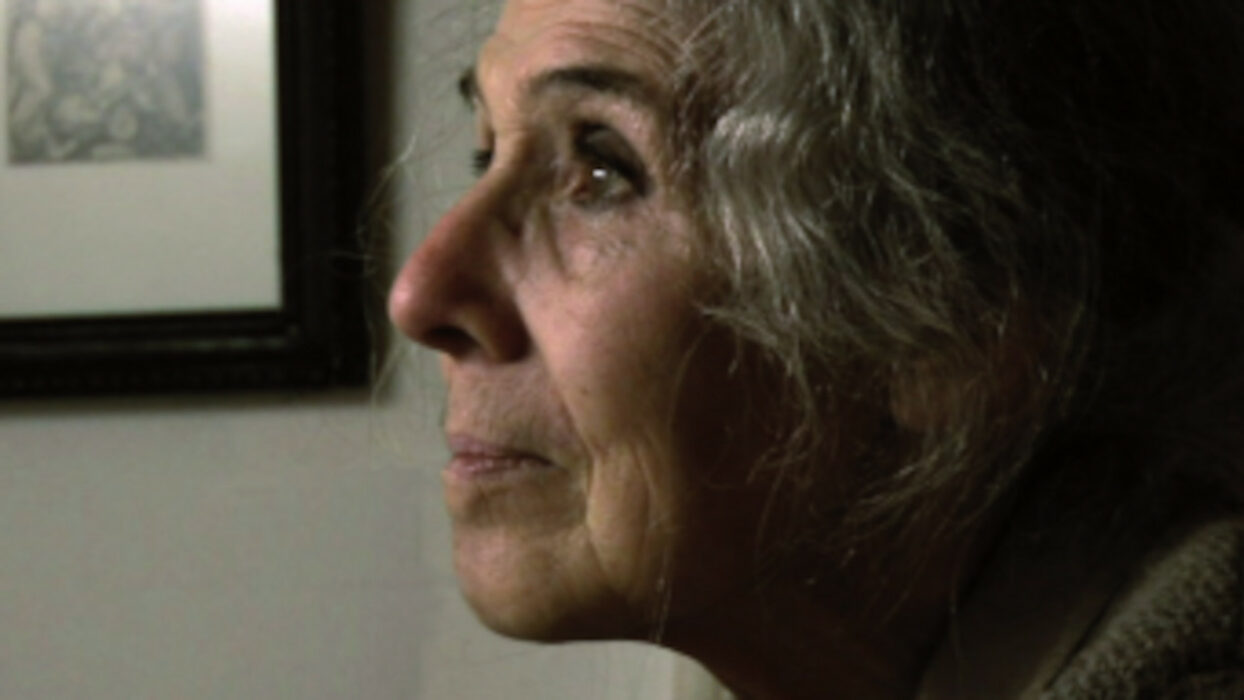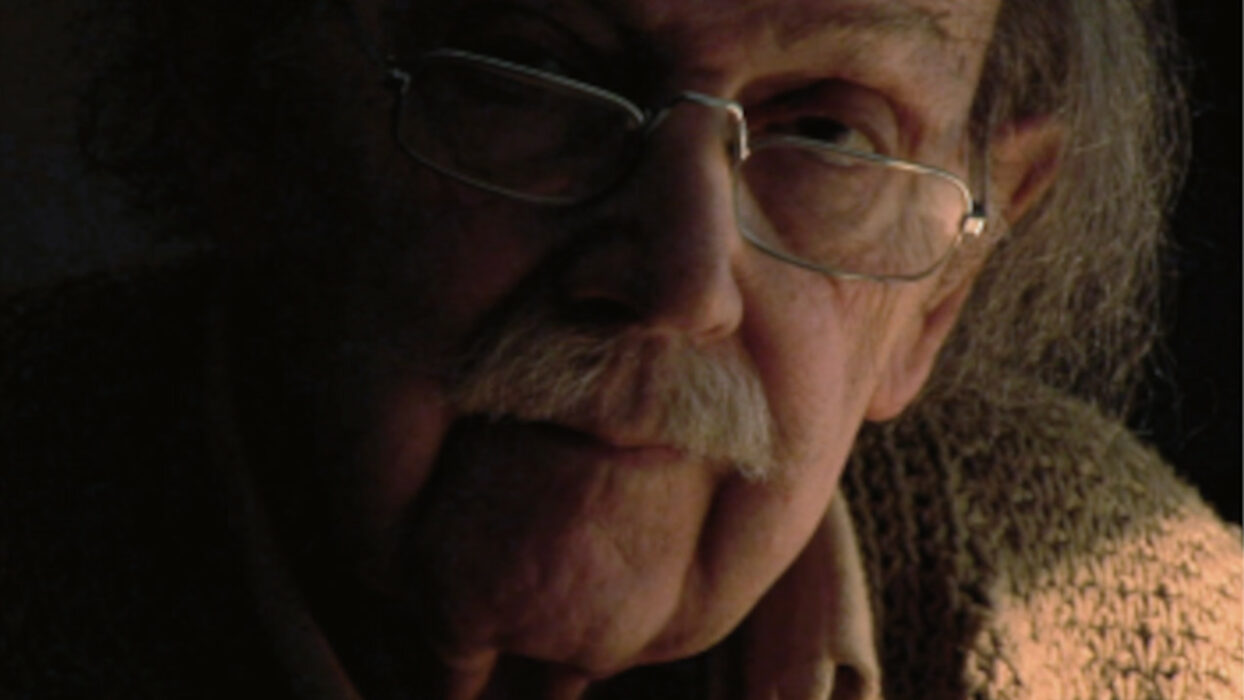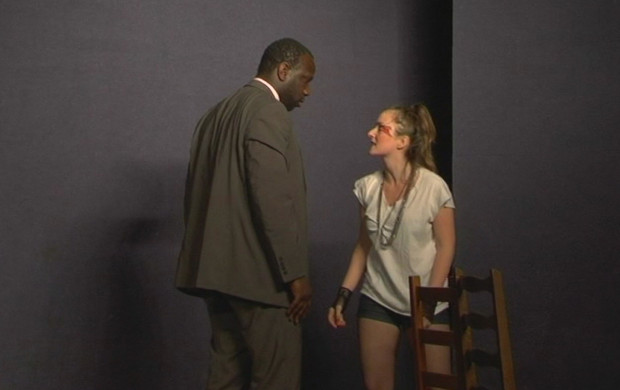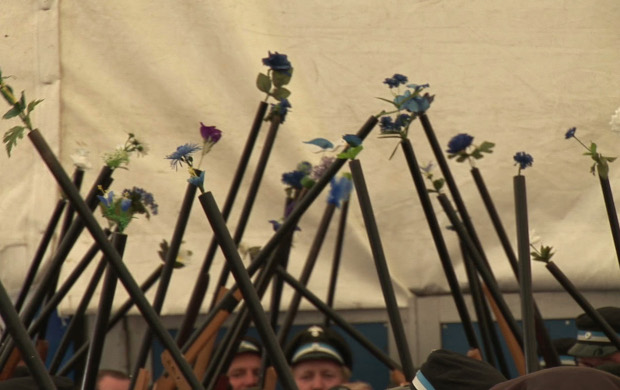Voir ce que devient l’ombre
Between July 2008 and August 2009, Matthieu Chatellier filmed regularly at the home of the painter and writer Fred Deux and his partner, the engraver Cécile Reims. How to film a couple of artists when, as Reims says, “someone who creates is always alone”? How to prevent the camera from embalming the work that it is framing? Starting with the installation of an exhibition at the Halle Saint-Pierre museum, the film then enters and remains in their home. An intimate conversation, concentrated but discreet, emerges in each of the two studios. Drawings or engravings are never presented on a caption stand, full frame. Some are taken out, put away or looked at; others take shape in front of the camera. Fred Deux: “For now, the splash is passive. But then comes a point when it becomes active”. Yet the film is more than a double portrait of artists, however beautiful it may be. This is because the position of the film-maker turns from spectator into confidant. Of the still sharply painful wounds of the Second World War, which Deux and Reims experienced differently and of the other “shadow” to come, “the last line of the journey” (an expression of Reims that still bears the stamp of her art). Because Voir ce que devient l’ombre is also the story of a voluntary dispossession. The couple organise, carton by carton, the dispatch of their archives into a memory institute. Yet, there is certain gravity in this longed-for lightening of their load. Matthieu Chatellier records this with an infinite delicacy.
Charlotte Garson
Moviala Films / Tarmak Films; L'image d'après
Frédéric Fichefet; Daniela De Felice
Romain Leconte
Matthieu Chatellier
Alter Ego Production
